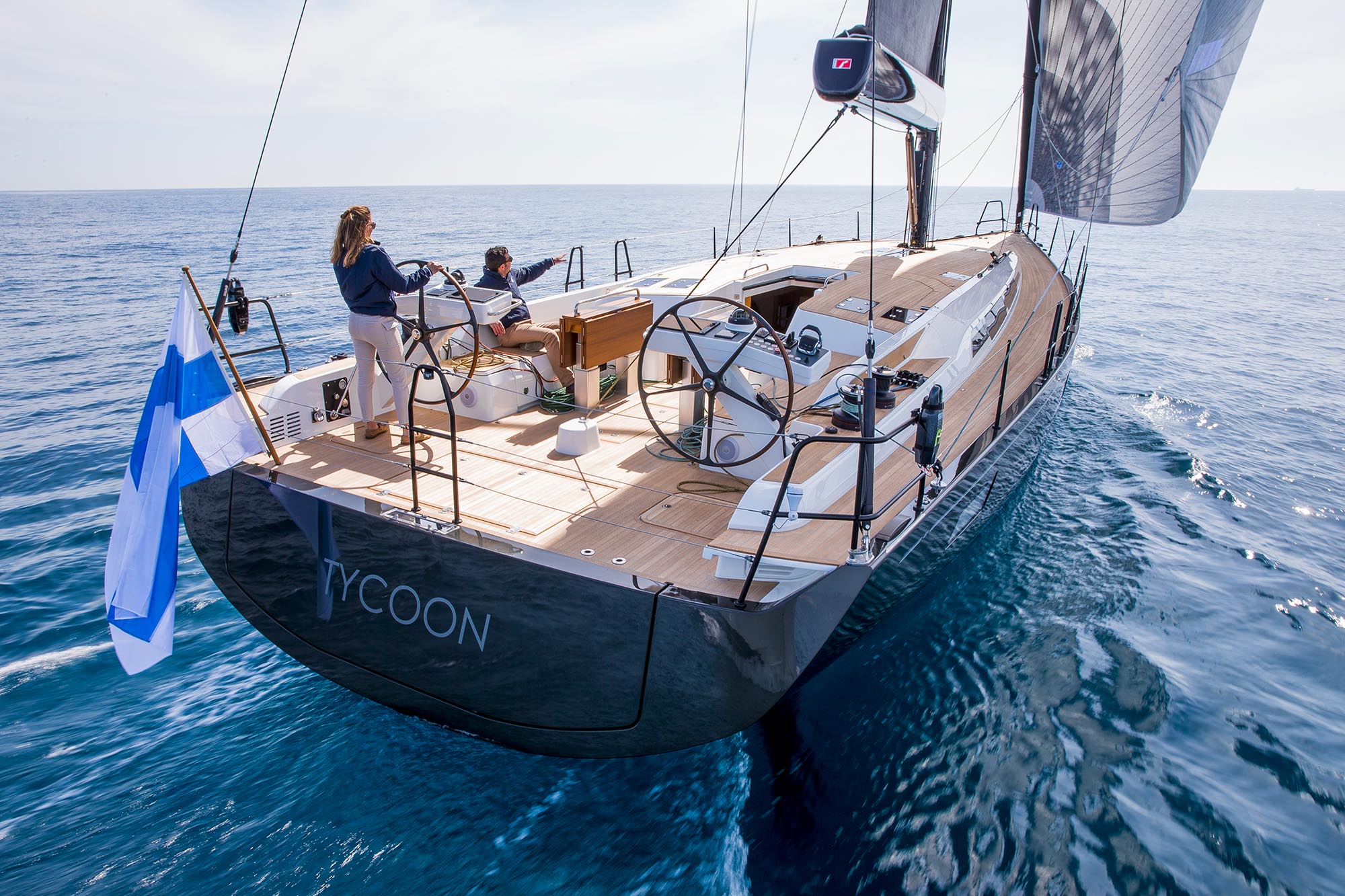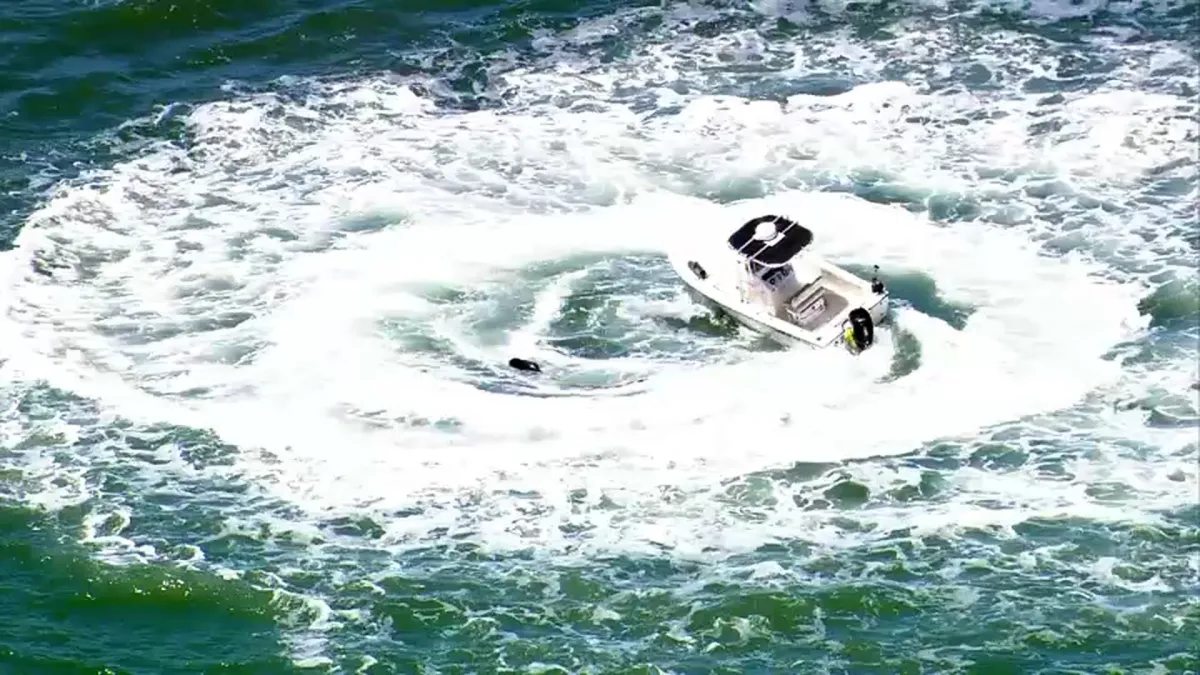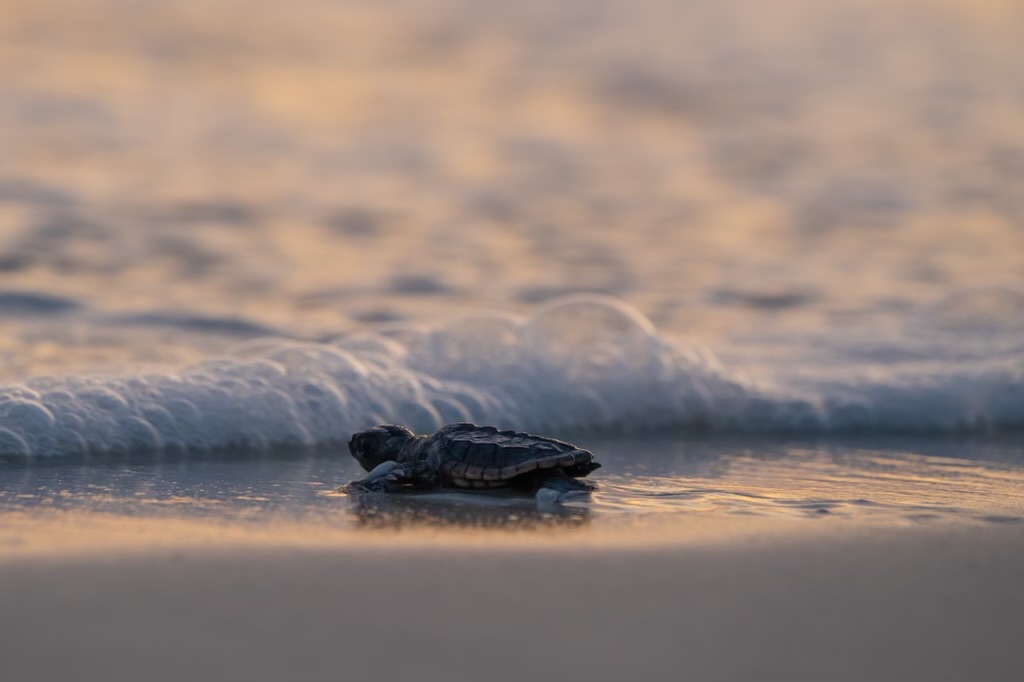It's Not The Size of Your Antenna-It's where you put it
When it comes to navigating the waters and ensuring smooth communication, antenna placement on a boat plays a significant role in achieving the best reception possible. Antenna placement can have a direct impact on the range and performance of marine radios, GPS devices, and television systems on watercraft of all sizes.
It is essential to understand the different types of antennas used for various purposes on boats, as well as the optimal locations for installation in terms of height, direction, and interference. By combining expert advice with one's own knowledge and experience, boaters can create a marine antenna arrangement that maximizes signal strength and reception quality.

Types of Boat Antennas
VHF Antennas
VHF antennas are an essential part of marine communication systems. These antennas are primarily used for transmitting and receiving VHF radio signals, which enable boaters to call for help from the Coast Guard and communicate with other vessels. It is important to mount the VHF antenna as high as possible on the boat to ensure better signal reception and transmission [source].
AM/FM Radio Antennas
AM/FM radio antennas offer boat owners access to their favorite local radio stations while on the water. These antennas work by receiving radio signals from AM and FM broadcasts, providing entertainment and up-to-date news to boaters. Considerations for radio antenna installation include keeping the antenna away from fluorescent lights and other electrical interferences for optimal reception [source].
TV Antennas
Marine TV antennas are designed to provide television reception for boaters, ensuring they can enjoy their favorite shows even when away from shore. Marine TV antennas come in two main types: directional and omnidirectional. Directional antennas are best for stationary use at a marina, while omnidirectional antennas are more suitable for boats in motion [source].
- Directional Antennas: These antennas should be pointed towards the strongest signal source, ideal for boats that only watch TV at the marina.
- Omnidirectional Antennas: These provide reception from multiple directions, ideal for boats that are frequently in motion.
Satellite Antennas
Satellite antennas on boats allow for access to satellite-based services such as satellite TV, satellite phone, and satellite internet. These antennas require a clear line of sight to the satellite in orbit, which means their placement on the boat should be unobstructed by the boat's structure or other objects. Satellite antennas are typically more costly than other types of antennas, but they provide enhanced communication and entertainment options for boaters while far away from terrestrial signal sources.

Selecting the Right Antenna
Choosing the proper antenna for your boat is essential for optimal reception and performance. In this section, we will discuss several key factors to consider when selecting an antenna, including frequency range, gain, polarization, durability, and weather resistance.
Frequency Range
Ensure that the antenna you choose is compatible with the frequency range of your boat's VHF or AIS system. Most VHF marine antennas operate within the 156-162 MHz frequency range. Be aware that the frequency range may vary based on the specific marine communication system in use.
Gain
Antenna gain is measured in decibels (dB) and refers to the effectiveness of the antenna in transmitting and receiving signals. A higher gain antenna will have an increased range but may be more affected by heeling or boat movement. For boats under 24 feet, a 3- to 4-foot antenna with 3 dB gain is typically recommended, while powerboats in the 24- to 32-foot range often perform well with 8-foot antennas, providing a 6 dB gain (Sport Fishing Mag).
Polarization
Marine antennas are typically vertically polarized to ensure proper alignment with other vessels' antennas. Vertical polarization minimizes signal interference from surrounding structures or nearby land.
Durability
It is important to select an antenna made from durable materials such as stainless steel or fiberglass, as these materials can withstand harsh marine environments. Stainless steel whip antennas are commonly used for masthead mounting on sailboats due to their reduced windage and ruggedness (West Marine). Antennas made from high-quality fiberglass are also popular choices for their durability and corrosion resistance.
Weather Resistance
Antennas must be able to withstand a range of weather conditions, from strong winds to salty ocean spray. Look for marine antennas featuring waterproof or water-resistant design, and UV-resistant materials to protect against sun damage. Additionally, secure mounting options will help ensure proper antenna performance in all weather conditions.
Antenna Placement Fundamentals
Proper boat antenna placement is crucial for optimal reception and signal strength. This section will cover the basics of antenna placement, including line of sight, height considerations, and avoiding obstructions.
Line of Sight
Antennas work best when they have a clear line of sight to the transmitting source. In the case of marine communications, this means having a direct and unobstructed view of the horizon. The farther the antenna can "see" in all directions, the better the reception will be. Ensuring there is minimal interference both horizontally and vertically will have a significant impact on performance.
Height Considerations
The height of the antenna plays a crucial role in its effectiveness. As a general rule, the higher the antenna is mounted, the better its reception will be. This is because higher antennas have a greater line of sight and can effectively work over longer distances, as the earth's curvature becomes less of an obstacle. On the other hand, mounting the antenna too high may lead to stability issues, so it is essential to strike a balance between height and stability.
Avoiding Obstructions
It is important to minimize obstructions around the antenna. Obstructions can be anything from nearby equipment and structures to other antennas. For example, when mounting a VHF antenna, recommended safe distances from other antennas such as GPS, radar or AIS should be considered for optimal performance (Garmin). Also, ensure that the antenna is not blocked by any parts of the boat, such as the mast, rigging, or other equipment. Every effort should be made to keep the area around the antenna as free from obstructions as possible to reduce signal interference and improve reception.

Optimizing for Best Reception
Proper Grounding
Proper grounding is essential for achieving good radio reception in boats. The ground system helps reduce electromagnetic interference and improves signal quality. To ensure proper grounding, follow these steps:
- Secure the ground connector to a reliable grounding point, such as the boat's engine block or a grounding plate.
- Keep the ground wire as short as possible and avoid running it parallel to other wires.
- Use a high-quality, corrosion-resistant grounding wire to increase longevity.
Cable Quality and Length
The quality and length of coaxial cables used in your boat's antenna system significantly impact radio reception. Here are some guidelines to follow:
- Choose a high-quality, low-loss coaxial cable to minimize signal attenuation and interference.
- Aim for an optimal length of cable; too long or too short may negatively affect the signal quality.
- Regularly check cables for damage or corrosion and replace them if necessary.
Antenna Tuning
Antenna tuning plays a crucial role in achieving the best reception. The following factors should be considered when adjusting your boat's radio antenna:
- Elevation: Higher placement of the antenna, such as on the side of a flybridge or the top of an arch, can increase radio signal reach(Boating Mag).
- Antenna Length: A longer antenna can put out a stronger signal, thus improving reception.
- Directionality: Some boat antennas, particularly those in the AM band, may require rotation to improve reception(iboats Boating Forums).
By following these guidelines, you can optimize your boat's radio reception and enjoy improved communication while on the water.

Installation Tips
Mounting Options
When installing a boat antenna for the best reception, it's important to consider the available mounting options. There are various types of mounts, and the choice depends on the type and size of the antenna, as well as your boat's design.
For example, you can mount an antenna using u-bolts on a stainless rail, which is commonly done for long-range WiFi antennas. This can provide a secure and stable attachment point for the antenna (source). Furthermore, some antennas come with small portable "puck" mounts that can be installed inside cabins or driving stations, and provide decent reception by allowing you to place the GPS antenna in a suitable location (source).
Safety Precautions
As with any installation process, safety should be a primary concern. Before starting the installation, ensure that the boat is on stable ground and that all required tools and equipment are readily available. If you are unsure about any part of the installation process, consider seeking professional help or advice.
When working with antennas, it is crucial to avoid power lines or other electrical sources, as they can pose a severe threat to your safety. During installation, ensure that the antenna is not accidentally powered on, as this could lead to injury or damage to equipment. Finally, always follow the manufacturer's recommendations and instructions when installing hardware or components, as improper installation could lead to poor reception or short-term antenna failure.

Troubleshooting Common Issues
Boat antenna placement plays a major role in the effectiveness of the antenna and, consequently, the quality of reception. In this section, we will discuss common issues that may arise and how to troubleshoot them.
Weak Signal
A weak signal can be attributed to various factors such as the antenna's height, surrounding obstacles, and even the quality of the antenna itself. The first step in troubleshooting a weak signal is to check if the antenna is properly connected to the radio or GPS device. Next, ensure the antenna is placed as high as possible, free from physical obstructions such as masts, rigging, and other equipment. Upgrading to a higher-gain antenna or adding an antenna amplifier can also improve signal quality in these cases. Lastly, check the cable running from the antenna to the device for any breaks or kinks that could lead to signal loss.
Interference
Interference can manifest as signal disruptions or static, often resulting from nearby electronic devices, lighting systems, or power lines. One way to mitigate this issue is by repositioning the antenna further away from potential interference sources. Additionally, consider upgrading to a shielded antenna cable, which can help reduce electrical and radio frequency interference.
Physical Damage
Physical damage to the antenna or cable can significantly impact performance. Inspect the antenna for any visible signs of wear or breakage, such as bends, cracks, or loose connections. If damage is detected, consider replacing the damaged part or the entire antenna system if needed. For marine environments, it is crucial to choose antennas constructed from durable materials, such as stainless steel or fiberglass, to ensure longevity and resistance to harsh conditions.
By addressing these common issues, boat owners can optimize their antenna placement and enjoy improved reception and overall system performance.
Conclusion
In summary, the placement of a boat antenna plays a crucial role in ensuring the best reception possible. Installing the antenna at the highest point on your boat can significantly improve the reception and range capabilities of your VHF radio.
For powerboats, mounting the antenna on a radar arch, hardtop, or on the flybridge can be an effective solution. On sailboats, it is often recommended to install the 3dB antenna at the top of the mast for maximum sending and receiving abilities (Discover Boating, West Marine).
It's also crucial to consider the antenna's horizontal (azimuth) receiving angle, especially given the mobility of marine vessels (Top 5 Tips for selecting and installing Marine Antennas). And when it comes to GPS antennas, remember to install them right-side up and low on deck for optimal signal reception (Milltech Marine).
Lastly, always consult the product manual and follow the manufacturer's guidelines for specific antenna placement and installation to ensure optimal performance for your unique marine setup. With the right placement, your boat antenna will provide a reliable and consistent connection for your communication and navigational needs.
Charlie is Editor-in-Chief of Sea Magazine







